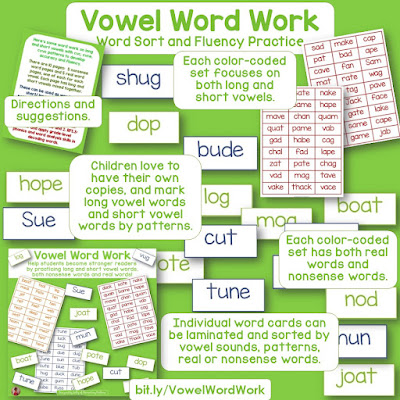Did you ever notice it's easier to go to school sick rather than go through the trouble of writing up sub plans?
I stayed ultra late at school last night making plans for today's sub. (I'm not known for leaving early anyway, but last night was totally ridiculous!)
I've learned to keep a tub of emergency plans. I have a folder for each day of the week, and detailed descriptions of my day inside each folder. I also have a binder that includes emergency information, procedures, and management ideas.
I also keep folders for each subject that is filled with already run-off materials ready for an emergency day. After having subbed at every level, I know how important it is to have clear, easy-to-understand directions so the kids stay engaged and don't have any opportunities to make the sub crazy.
The trick is to have the folders all updated to include materials that the children can do which isn't necessarily dependent on something the children are learning now.
Good ideas to have on hand:
1. Practice on a skill that needs frequent review, like math facts, sight words, or parts of speech.
2. Writing prompts.
3. Vocabulary builders.
4 . Mini units that can be done in a day.
Here are some examples of things I keep in my sub tub or leave for subs:
I always keep a supply of these letter writing pages. I usually make a set with one letter addressed to everyone in the class. Then they choose one and write to that person! This is a "win-win" activity. Everyone writes a letter, and everyone gets a letter! (Explore image for this resource.)
This number booklet to 1,000 can be used any time of year.
Here's a math game the kiddos can play over and over, and all they need is a deck of playing cards! It practices addition skills, and gets them thinking about strategies! No, we don't do the gambling version! (Explore image for resource!)
There's always an opportunity for kids to come up with a themed ABC booklet. This is a fun activity to start off by reading an ABC book or two. (Explore the image for examples and this resource!)
Here's a mini-unit that can be done any time of year: (Explore image for link!)
If you find a couple of books about camping, you've got yourself a mini-unit in a day! Fun activities that practice important skills!
I happen to have a number of "no prep" activities you can find HERE. Most of them are seasonal, which adds to the fun! (I go straight to these sets if I'm going to be out!)
Now I suppose you're wondering why I was at school so late last night if I have all these ideas... Well, I just hadn't updated my files from last year, and my schedule is totally different! Now that the files are updated for the year, next time I'm sick will be easy peasy!









































